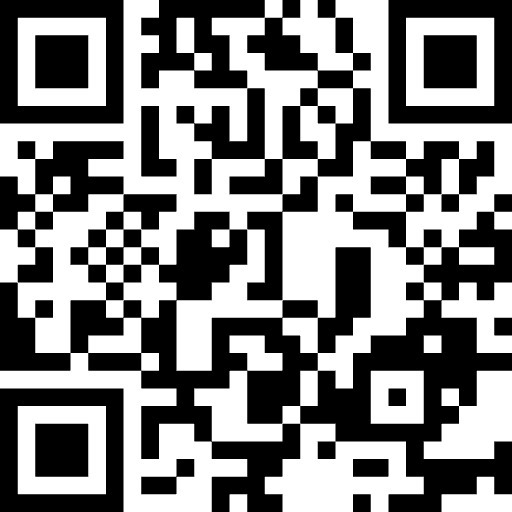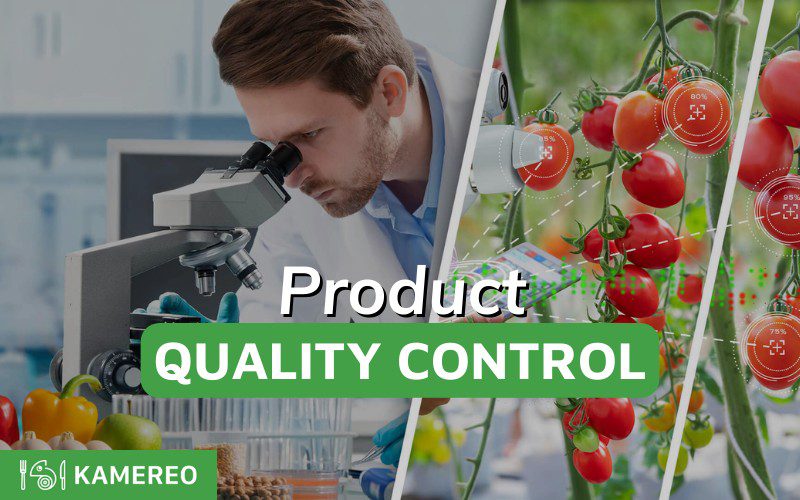Currently, quality inspection is a mandatory requirement for manufacturing companies and businesses. This helps you easily control the quality of the product before it reaches consumers’ hands. So, what is the process of food product quality inspection like? Let’s find out in detail in the following article with Kamereo!

What is product quality inspection?
Quality inspection (English: Quality Control) is the process of controlling and evaluating the quality of products or services to ensure they meet established quality requirements and standards. Therefore, the goal of this process is to prevent the production of poor-quality products or services that may affect the health and safety of users. Moreover, product inspection also helps businesses enhance customer trust and satisfaction with the product.
The product quality inspection process includes tasks such as: sample inspection, durability testing, safety testing, performance testing, and accuracy testing. In addition, statistical methods are often applied to determine the accuracy and reliability of inspection results.
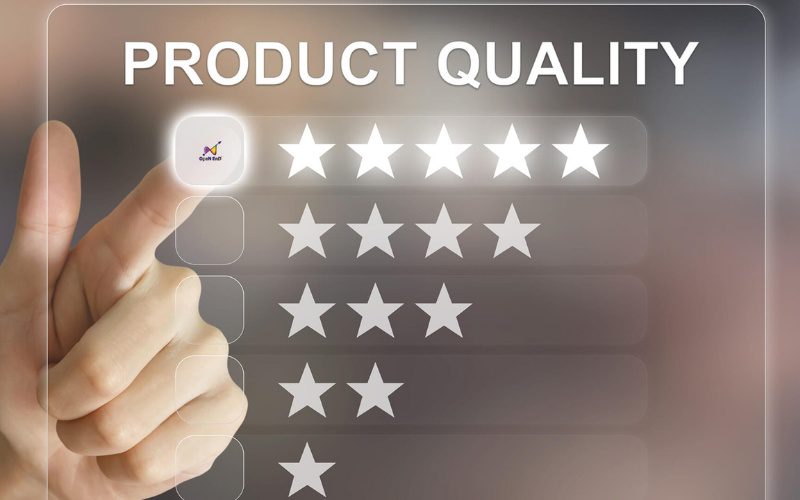
Areas where product quality inspection is applied
Currently, product quality inspection is widely applied in various fields from industrial manufacturing, food, pharmaceuticals to services and technology. Accordingly, each field will have its own standards, processes, and quality standards established to ensure that products or services meet the requirements of customers and quality management organizations.
For example:
- In automobile manufacturing: testing operational capability, safety testing, and emission standards testing.
- In the food industry: testing food safety, nutritional quality, and flavor.
- In the service sector: evaluating service quality and customer satisfaction.

The role of product quality inspection
You cannot deny the important role of the product quality inspection process in manufacturing fields. Some roles may include:
- Ensuring product quality: Quality inspection ensures that the product meets quality standards. This helps protect consumers from unsafe or substandard products.
- Preventing property damage: Evaluating product quality helps detect and prevent substandard products from being introduced to the market. Therefore, businesses can prevent property damage and maintain their reputation.
- Building customer trust: Ensuring that products meet high-quality standards helps build customer trust and benefits businesses.
- Reducing production costs: Detecting and eliminating substandard products from the beginning helps minimize costs incurred due to faulty products, increase production efficiency, and reduce costs for businesses.
- Improving the production process: Quality inspection helps businesses comprehensively evaluate their production processes, identify problems, and make improvements.
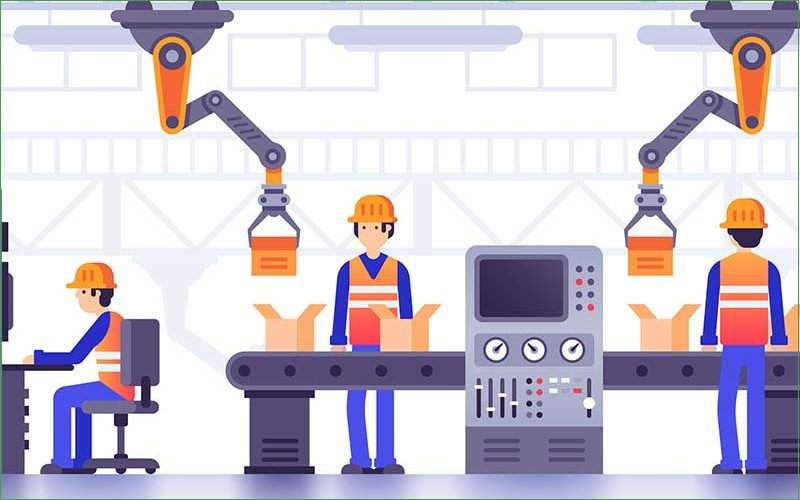
Methods used to inspect product quality
There are many different methods used to inspect the quality of products and services. Here are some common methods:
- Sample inspection: Using a small number of products to represent the entire batch, ensuring that the sample meets quality requirements.
- Material inspection: Ensuring the quality of materials before use in the production process to ensure the quality of the final product.
- Regular inspection: Performing regular inspections to ensure that goods or services meet quality requirements throughout the production and sales process.
- Pre-shipment inspection: Ensuring the quality of products before shipment.
- Standard-based inspection: Using established standards for comparison to ensure that the quality of goods and services meets requirements.
- Manual inspection: Using manual techniques and tools to measure, visually evaluate, process samples, test durability, and accuracy of products.
- Machine inspection: Using equipment and software for measurement and analysis to evaluate technical specifications, features, and product quality.

All of the above methods are applied to ensure the quality of goods and services, depending on the purpose and nature of the product.
Product quality inspection process
Therefore, product quality inspection needs to be carried out regularly and according to the correct process to ensure accurate results. Here are the basic steps of conducting product quality evaluation:
Step 1: Determine the purpose of inspection
Firstly, the product quality inspection process needs to determine the purpose correctly to ensure that the process is carried out efficiently and appropriately. This includes determining specific quality standards such as: size, weight, durability, and accuracy established by functional agencies or manufacturing businesses.

Step 2: Choose inspection methods
Based on the nature of the product or service, the inspector can choose from various inspection methods including: sample inspection, measurement, synthetic testing, activity testing, sequential testing, etc. In particular, the selected product sample must represent the entire batch of products. This ensures accurate and reliable inspection results.
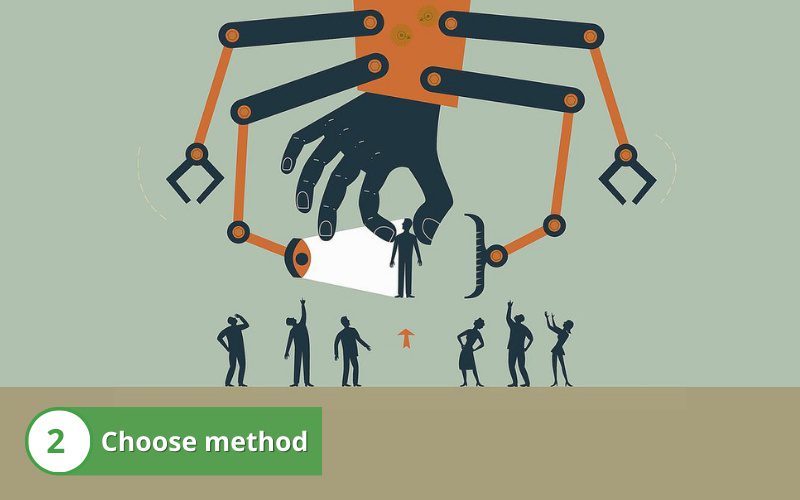
Step 3: Prepare inspection tools
Next, the inspector needs to prepare necessary tools to conduct product quality inspection. These tools include: measuring equipment, activity testing kits, and inspection samples. In addition, some products in special categories such as: biochemicals, pharmaceuticals,… may require some specialized tools to ensure the accuracy of inspection results.
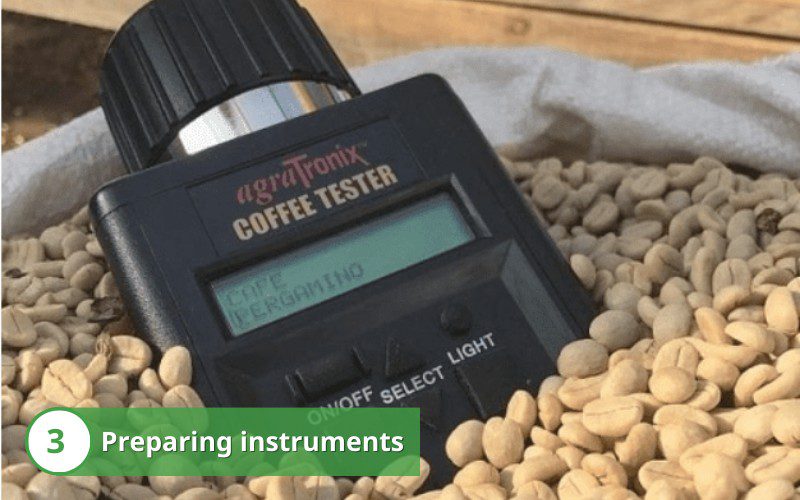
Step 4: Perform product quality inspection
After preparing adequately according to the above steps, the inspector can perform product quality inspection using the selected methods and tools. During the inspection process, attention should be paid to the product’s characteristics to provide the most accurate results.
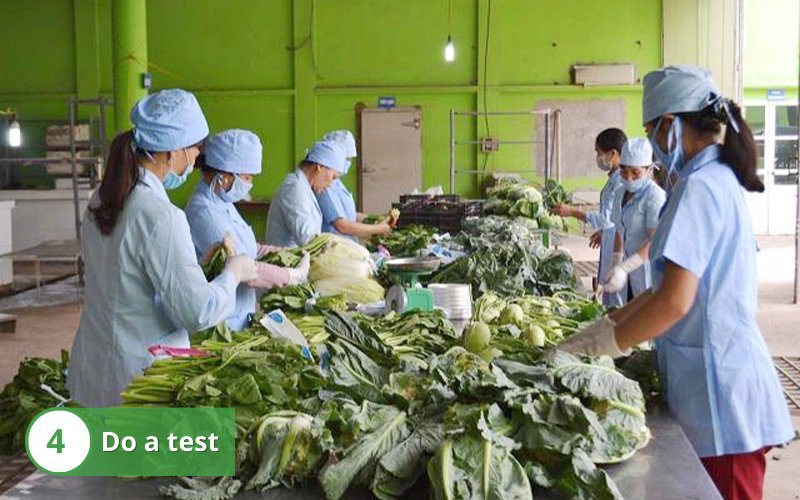
Step 5: Analyze inspection results
Inspection results are analyzed and compared with predetermined quality standards. If the product or service does not meet these standards, the cause needs to be identified, and remedial measures need to be taken.

Step 6: Prepare a report after inspection
The inspector prepares a report on the product quality inspection results. This report includes: information about the product or service inspected, inspection methods, inspection tools, inspection results, and evaluation of results.
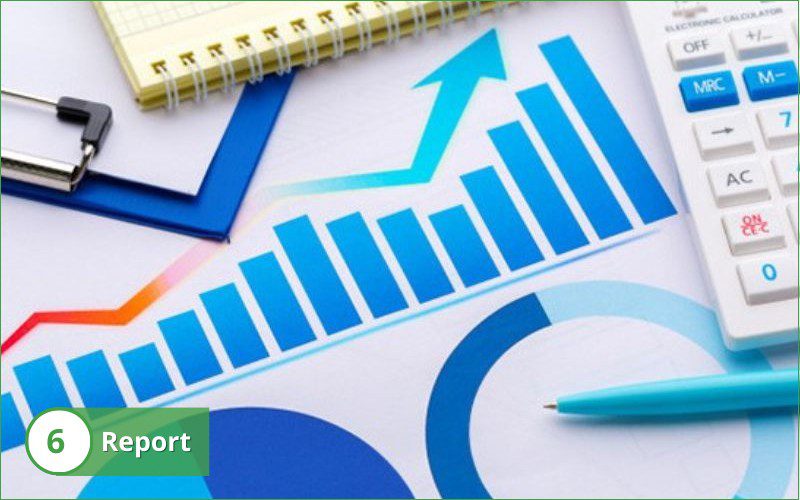
Step 7: Implement corrective measures (if any)
Based on the product quality inspection results and inspection report, managers or owners need to implement corrective measures to improve product or service quality (if necessary). Additionally, inspection results should be stored, and reports should be provided to relevant departments to monitor the production process and address quality-related issues.
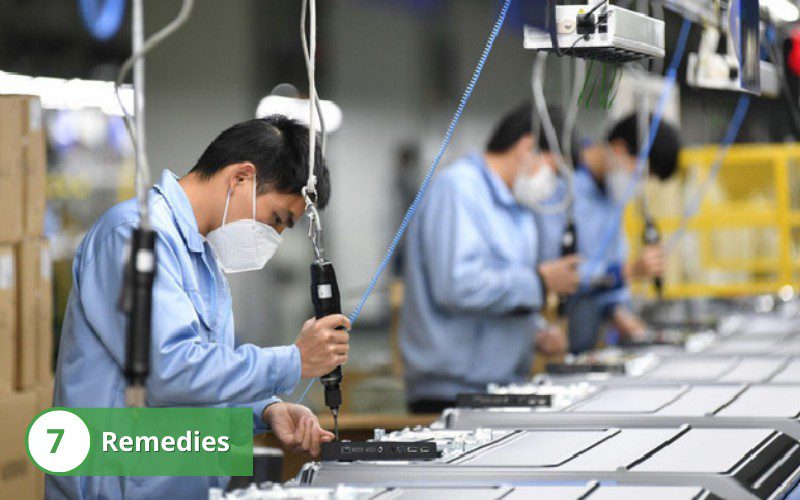
Read more: Strict product quality inspection process at Kamereo
Conclusion
Product quality inspection is a sequential process of tasks to monitor and inspect the final results. Therefore, manufacturing businesses need to prepare a specific process based on the nature of their products for effective application, providing the best results. Follow the Source – Raw Material section for more interesting information about business!
Read more:
